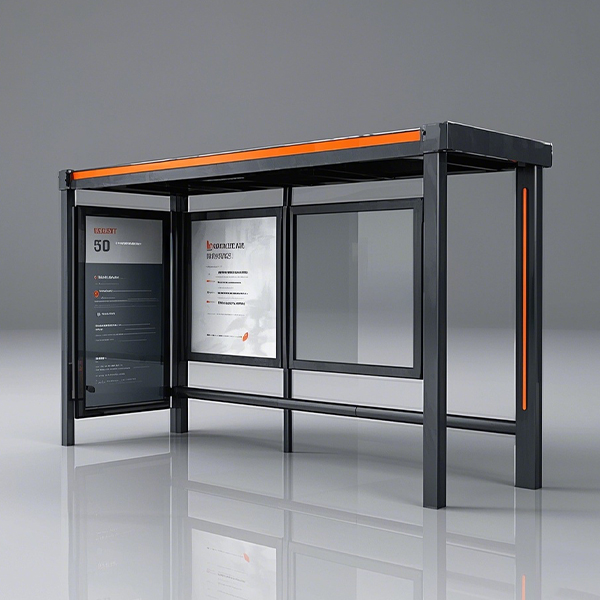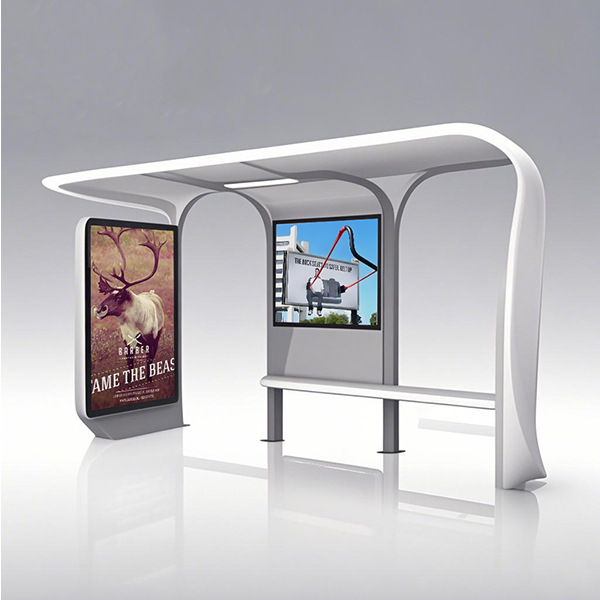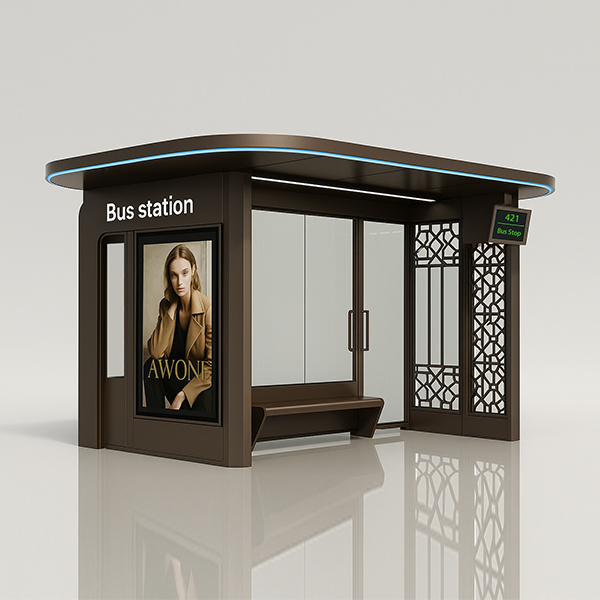
accessible bus stop design guidance
This guide provides comprehensive information on designing accessible bus stops, covering key considerations for inclusivity and usability for all passengers. We'll explore best practices, relevant regulations, and practical examples to ensure your bus stop designs meet the needs of people with disabilities.
Understanding Accessibility Standards
ADA Compliance and Beyond
Designing accessible bus stops requires adherence to relevant accessibility standards, most notably the Americans with Disabilities Act (ADA) in the United States. These regulations outline specific requirements for features like ramps, seating, signage, and clear pathways. However, best practice goes beyond mere compliance, aiming for truly inclusive design that anticipates and addresses the needs of a diverse range of users, including those with visual, auditory, cognitive, and mobility impairments. Understanding these nuances is crucial for creating a welcoming and functional accessible bus stop design. Consider consulting resources like the ADA National Network (https://adata.org/) for detailed information on compliance.
International Accessibility Standards
While the ADA serves as a benchmark, many other countries and regions have their own accessibility standards for public transportation. Researching and understanding these local regulations is paramount for projects outside of the United States. A well-designed accessible bus stop should strive for international best practices, aiming for universal usability wherever possible.
Key Design Elements for Accessible Bus Stops
Ramps and Pathways
Smooth, even pathways leading to and from the bus stop are essential. Ramps must adhere to ADA guidelines regarding slope and landing areas. Consider using tactile paving to guide visually impaired passengers. The use of high quality materials is also important for the long term durability of these components. Shandong Luyi Public Facilities Co., Ltd. (https://www.luyismart.com/) offers a range of durable and accessible paving solutions.
Seating
Adequate seating is vital, including options suitable for users with varying mobility levels. Consider incorporating armrests, backrests, and appropriate heights to accommodate a variety of users. The seating should be durable and weather-resistant for long-term use.
Signage and Information
Clear and legible signage is crucial, with information presented in multiple formats (visual, tactile, auditory) to cater to diverse needs. Consider using raised lettering, Braille, and audio announcements to ensure inclusivity. Real-time information displays on bus arrival times are highly beneficial.
Shelter Design
Providing adequate shelter from the elements is essential. Consider the size and positioning of the shelter to ensure it accommodates wheelchairs and other mobility aids comfortably. Good ventilation and appropriate lighting are also key considerations for passenger comfort and safety.
Integrating Technology for Enhanced Accessibility
Smart Bus Stop Technology
Integrating smart technologies can further enhance accessibility. This might include real-time passenger information systems, audio announcements, and integrated wayfinding systems using GPS and other technologies. The integration of apps to allow for real-time location tracking and bus status updates enhances the accessibility of the bus stop significantly.
Interactive Maps and Wayfinding
The incorporation of digital maps and interactive wayfinding tools in bus shelters can help those with cognitive impairments find their way more easily. Such tools can be designed to be visually clear and easily navigable. Multimodal wayfinding which accounts for visual, auditory and tactile preferences is highly recommended.
Case Studies and Best Practices
Examining successful examples of accessible bus stop design provides invaluable insights. Research case studies from various locations and note the design features that enhance accessibility and usability. Consider conducting user testing and feedback sessions to further refine your designs.
Conclusion
Creating truly accessible bus stops necessitates a holistic approach, encompassing careful consideration of accessibility standards, user needs, and technological integration. By adhering to best practices and focusing on inclusivity, we can build public transportation systems that serve all members of the community.
| Design Element | Accessibility Consideration |
|---|---|
| Ramps | Gentle slope, non-slip surface, tactile paving |
| Seating | Adequate spacing, armrests, backrests, appropriate height |
| Signage | Clear, legible text, Braille, audio announcements |
Соответствующая продукция
Соответствующая продукция
Самые продаваемые продукты
Самые продаваемые продукты-
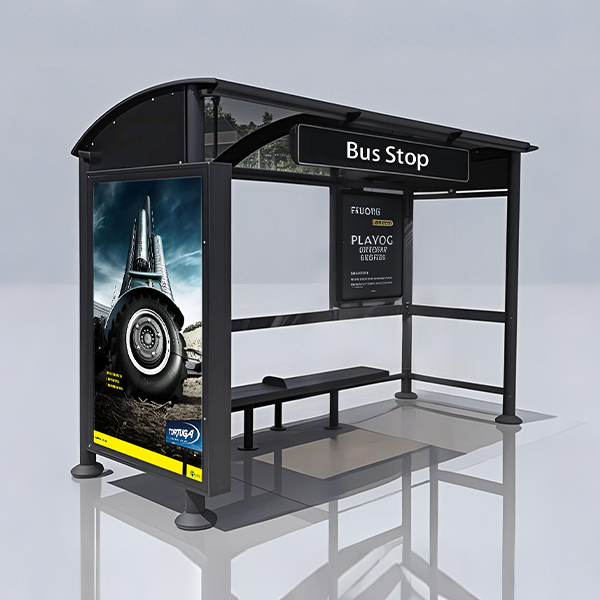 Curved Shed Bus Stop
Curved Shed Bus Stop -
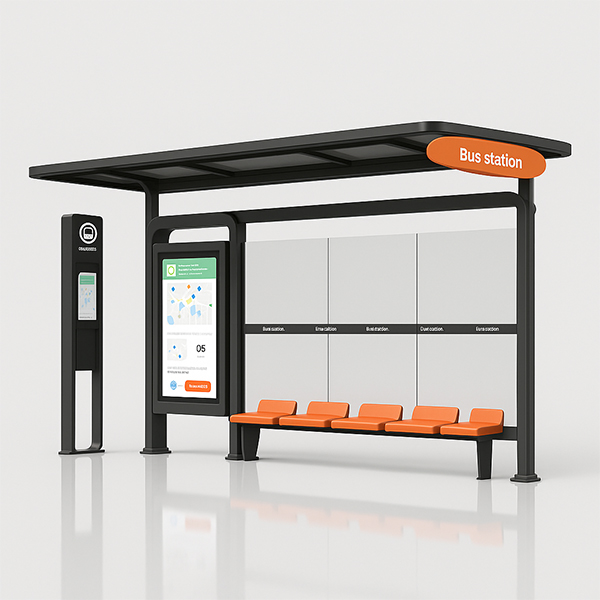 Smart Bus Station
Smart Bus Station -
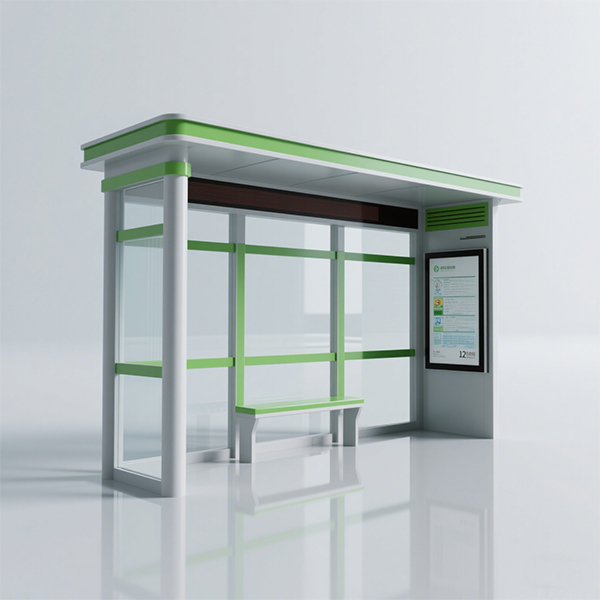 Semi-enclosed Bus Shelter
Semi-enclosed Bus Shelter -
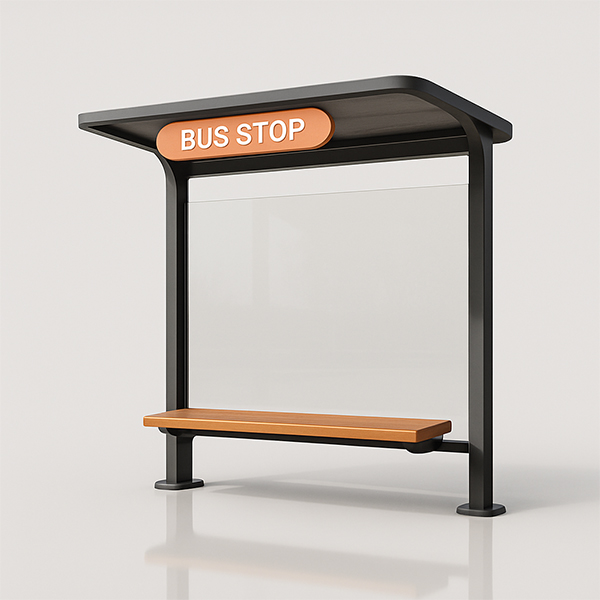 Minimalist Bus Stop
Minimalist Bus Stop -
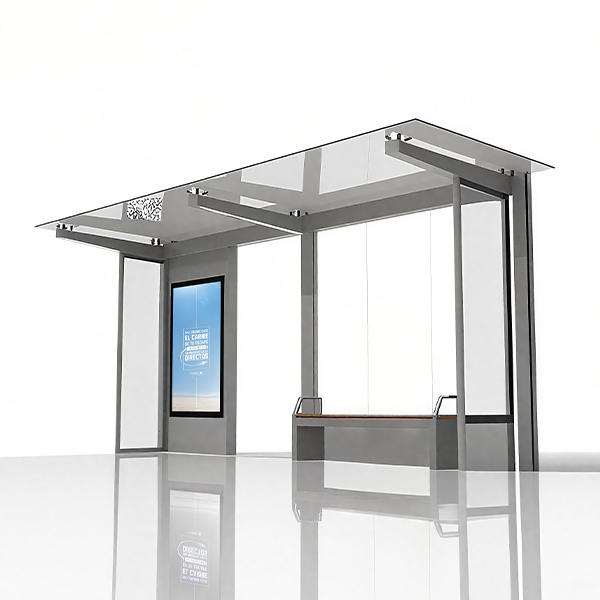 Glass Roof Bus Shelter
Glass Roof Bus Shelter -
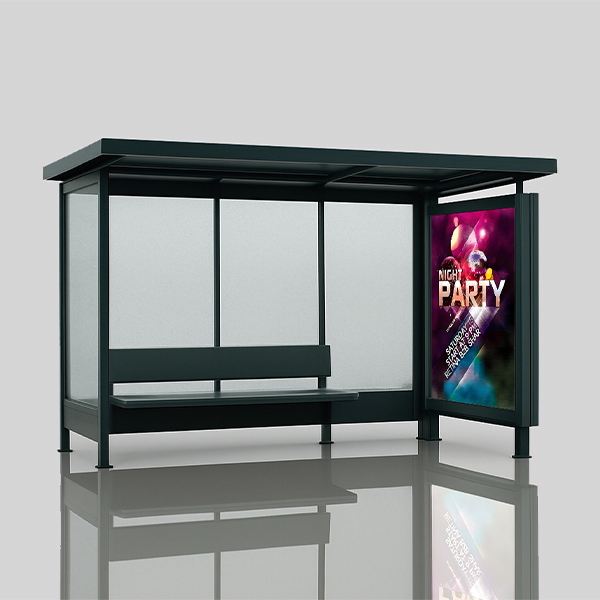 Semi-enclosed Bus Stop Shelter
Semi-enclosed Bus Stop Shelter -
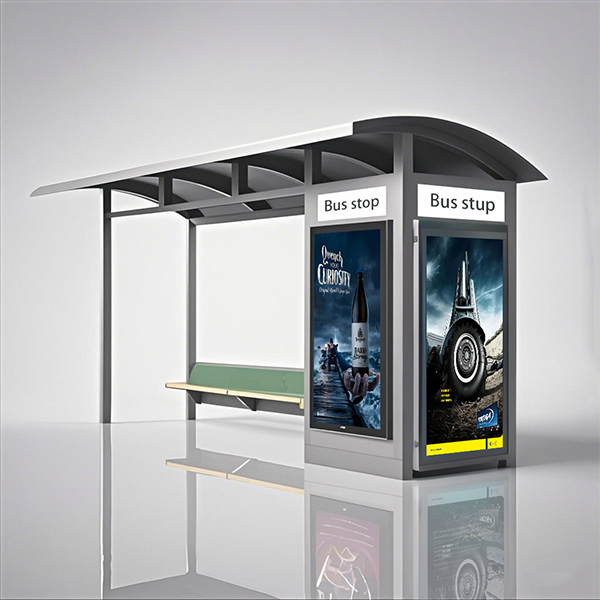 Advertising Bus Stop
Advertising Bus Stop -
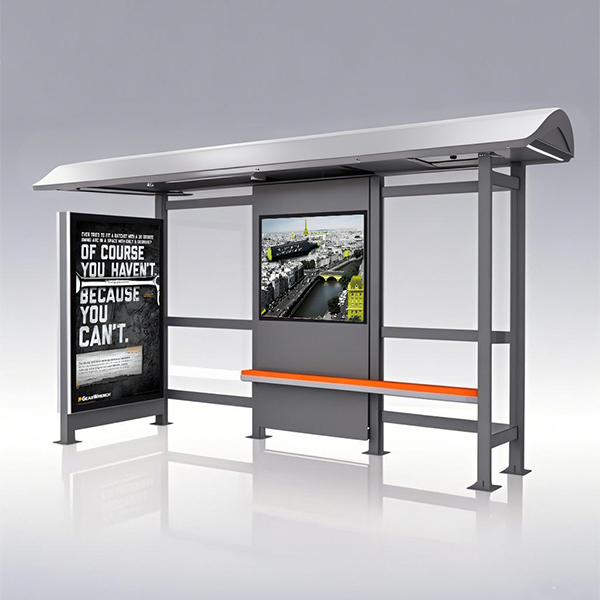 Curved Shed Bus Stop Shelter
Curved Shed Bus Stop Shelter -
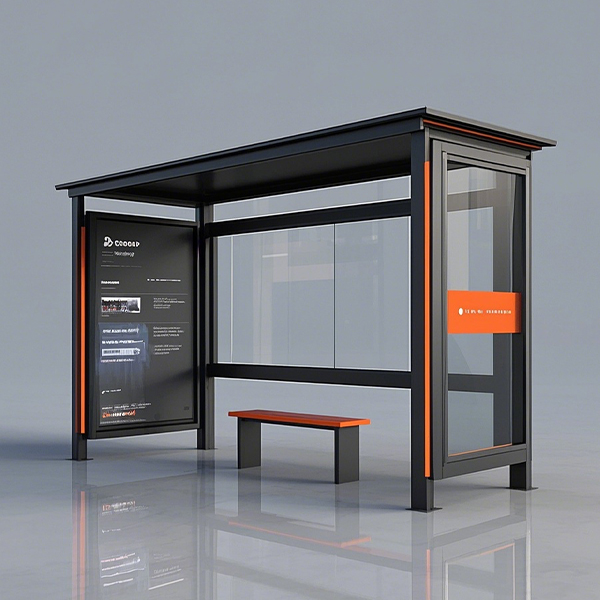 Semi-enclosed Bus Shelter
Semi-enclosed Bus Shelter -
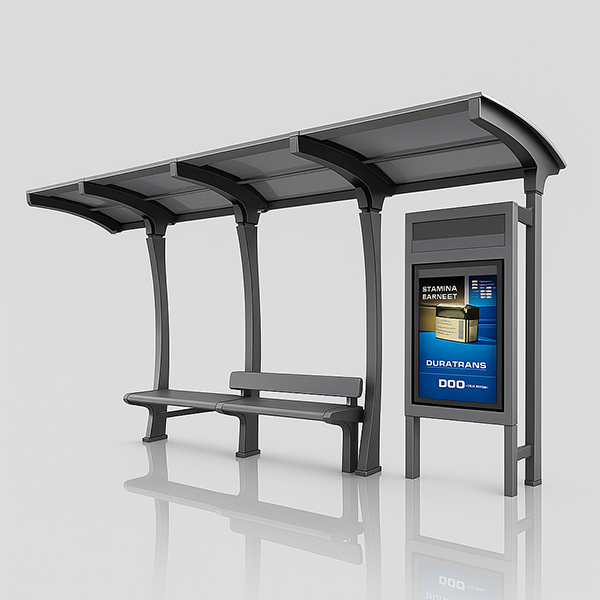 Curved Shed Bus Shelter
Curved Shed Bus Shelter -
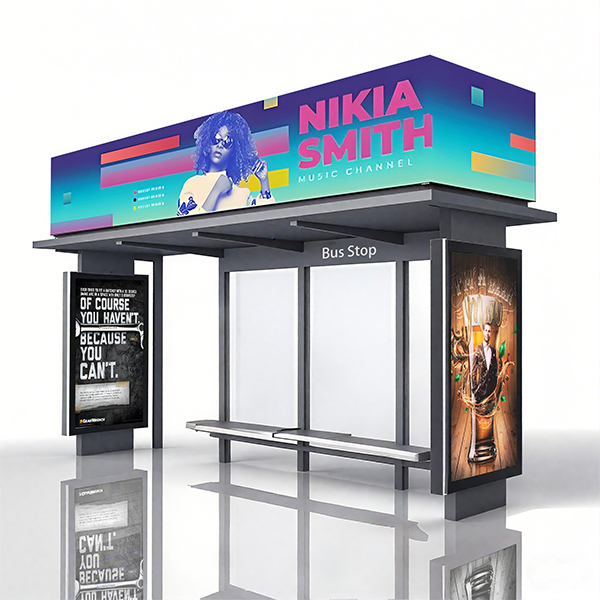 Rooftop Advertising Bus Stop Shelter
Rooftop Advertising Bus Stop Shelter -
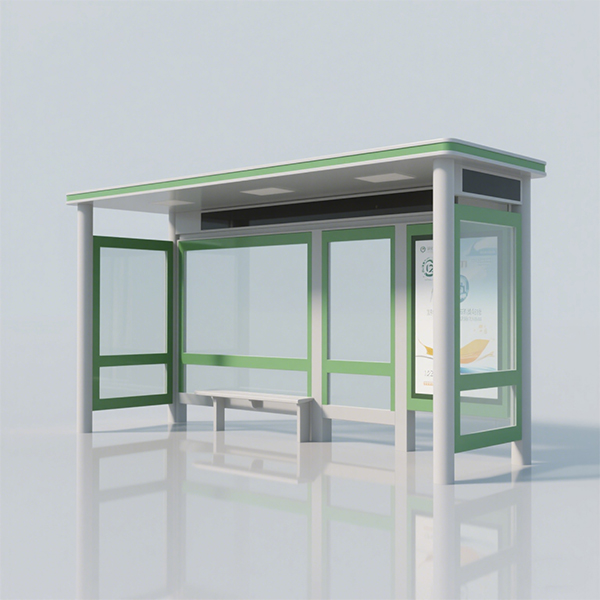 Semi-enclosed Bus Stop Shelter
Semi-enclosed Bus Stop Shelter







